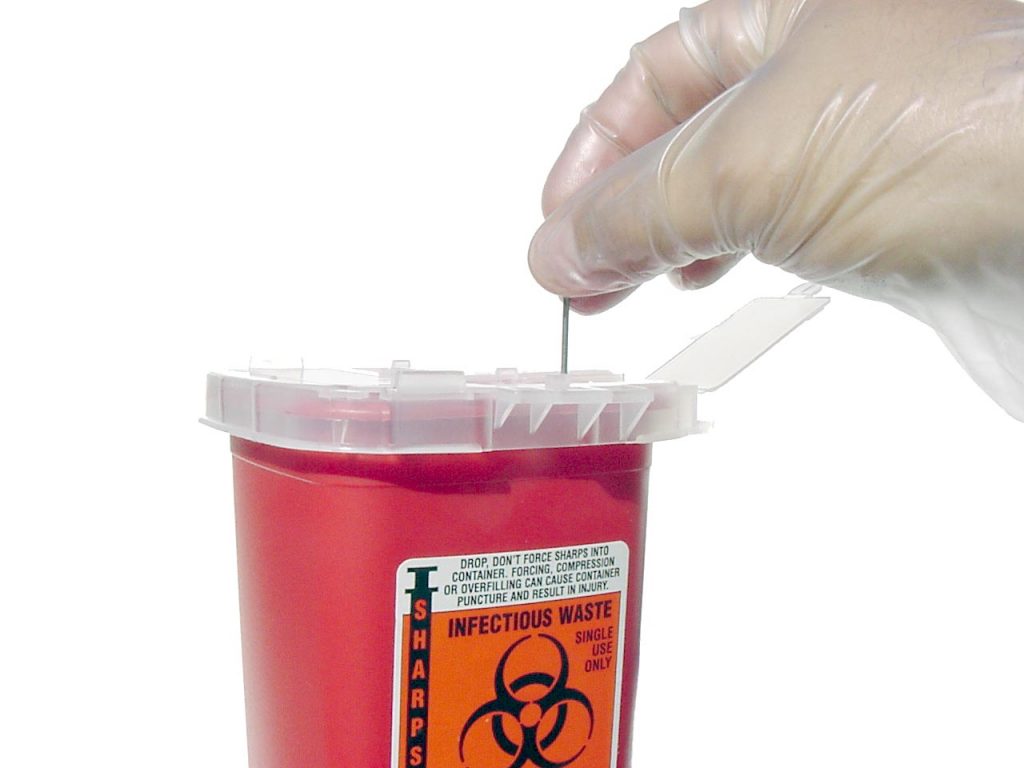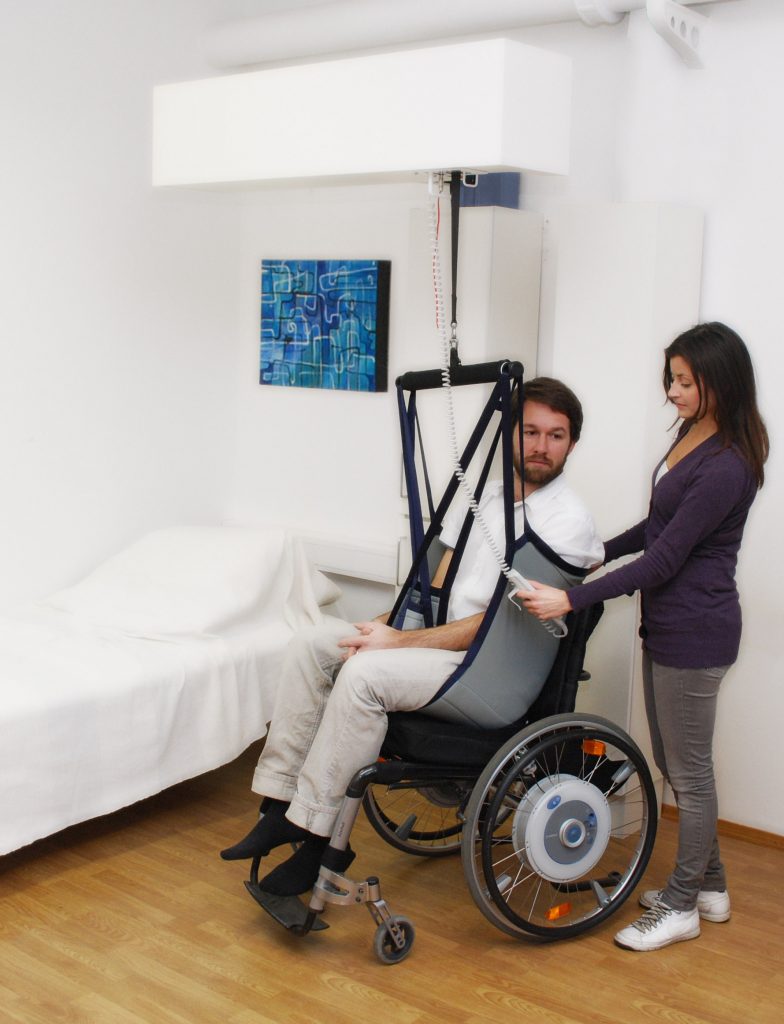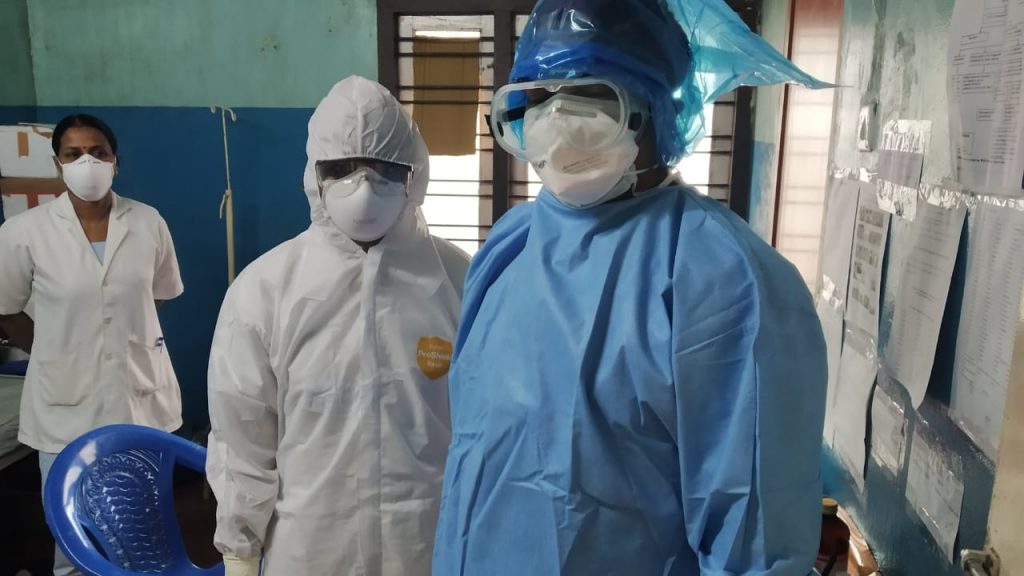5.9: Environmental Safety
- Page ID
- 52428
\( \newcommand{\vecs}[1]{\overset { \scriptstyle \rightharpoonup} {\mathbf{#1}} } \)
\( \newcommand{\vecd}[1]{\overset{-\!-\!\rightharpoonup}{\vphantom{a}\smash {#1}}} \)
\( \newcommand{\dsum}{\displaystyle\sum\limits} \)
\( \newcommand{\dint}{\displaystyle\int\limits} \)
\( \newcommand{\dlim}{\displaystyle\lim\limits} \)
\( \newcommand{\id}{\mathrm{id}}\) \( \newcommand{\Span}{\mathrm{span}}\)
( \newcommand{\kernel}{\mathrm{null}\,}\) \( \newcommand{\range}{\mathrm{range}\,}\)
\( \newcommand{\RealPart}{\mathrm{Re}}\) \( \newcommand{\ImaginaryPart}{\mathrm{Im}}\)
\( \newcommand{\Argument}{\mathrm{Arg}}\) \( \newcommand{\norm}[1]{\| #1 \|}\)
\( \newcommand{\inner}[2]{\langle #1, #2 \rangle}\)
\( \newcommand{\Span}{\mathrm{span}}\)
\( \newcommand{\id}{\mathrm{id}}\)
\( \newcommand{\Span}{\mathrm{span}}\)
\( \newcommand{\kernel}{\mathrm{null}\,}\)
\( \newcommand{\range}{\mathrm{range}\,}\)
\( \newcommand{\RealPart}{\mathrm{Re}}\)
\( \newcommand{\ImaginaryPart}{\mathrm{Im}}\)
\( \newcommand{\Argument}{\mathrm{Arg}}\)
\( \newcommand{\norm}[1]{\| #1 \|}\)
\( \newcommand{\inner}[2]{\langle #1, #2 \rangle}\)
\( \newcommand{\Span}{\mathrm{span}}\) \( \newcommand{\AA}{\unicode[.8,0]{x212B}}\)
\( \newcommand{\vectorA}[1]{\vec{#1}} % arrow\)
\( \newcommand{\vectorAt}[1]{\vec{\text{#1}}} % arrow\)
\( \newcommand{\vectorB}[1]{\overset { \scriptstyle \rightharpoonup} {\mathbf{#1}} } \)
\( \newcommand{\vectorC}[1]{\textbf{#1}} \)
\( \newcommand{\vectorD}[1]{\overrightarrow{#1}} \)
\( \newcommand{\vectorDt}[1]{\overrightarrow{\text{#1}}} \)
\( \newcommand{\vectE}[1]{\overset{-\!-\!\rightharpoonup}{\vphantom{a}\smash{\mathbf {#1}}}} \)
\( \newcommand{\vecs}[1]{\overset { \scriptstyle \rightharpoonup} {\mathbf{#1}} } \)
\( \newcommand{\vecd}[1]{\overset{-\!-\!\rightharpoonup}{\vphantom{a}\smash {#1}}} \)
\(\newcommand{\avec}{\mathbf a}\) \(\newcommand{\bvec}{\mathbf b}\) \(\newcommand{\cvec}{\mathbf c}\) \(\newcommand{\dvec}{\mathbf d}\) \(\newcommand{\dtil}{\widetilde{\mathbf d}}\) \(\newcommand{\evec}{\mathbf e}\) \(\newcommand{\fvec}{\mathbf f}\) \(\newcommand{\nvec}{\mathbf n}\) \(\newcommand{\pvec}{\mathbf p}\) \(\newcommand{\qvec}{\mathbf q}\) \(\newcommand{\svec}{\mathbf s}\) \(\newcommand{\tvec}{\mathbf t}\) \(\newcommand{\uvec}{\mathbf u}\) \(\newcommand{\vvec}{\mathbf v}\) \(\newcommand{\wvec}{\mathbf w}\) \(\newcommand{\xvec}{\mathbf x}\) \(\newcommand{\yvec}{\mathbf y}\) \(\newcommand{\zvec}{\mathbf z}\) \(\newcommand{\rvec}{\mathbf r}\) \(\newcommand{\mvec}{\mathbf m}\) \(\newcommand{\zerovec}{\mathbf 0}\) \(\newcommand{\onevec}{\mathbf 1}\) \(\newcommand{\real}{\mathbb R}\) \(\newcommand{\twovec}[2]{\left[\begin{array}{r}#1 \\ #2 \end{array}\right]}\) \(\newcommand{\ctwovec}[2]{\left[\begin{array}{c}#1 \\ #2 \end{array}\right]}\) \(\newcommand{\threevec}[3]{\left[\begin{array}{r}#1 \\ #2 \\ #3 \end{array}\right]}\) \(\newcommand{\cthreevec}[3]{\left[\begin{array}{c}#1 \\ #2 \\ #3 \end{array}\right]}\) \(\newcommand{\fourvec}[4]{\left[\begin{array}{r}#1 \\ #2 \\ #3 \\ #4 \end{array}\right]}\) \(\newcommand{\cfourvec}[4]{\left[\begin{array}{c}#1 \\ #2 \\ #3 \\ #4 \end{array}\right]}\) \(\newcommand{\fivevec}[5]{\left[\begin{array}{r}#1 \\ #2 \\ #3 \\ #4 \\ #5 \\ \end{array}\right]}\) \(\newcommand{\cfivevec}[5]{\left[\begin{array}{c}#1 \\ #2 \\ #3 \\ #4 \\ #5 \\ \end{array}\right]}\) \(\newcommand{\mattwo}[4]{\left[\begin{array}{rr}#1 \amp #2 \\ #3 \amp #4 \\ \end{array}\right]}\) \(\newcommand{\laspan}[1]{\text{Span}\{#1\}}\) \(\newcommand{\bcal}{\cal B}\) \(\newcommand{\ccal}{\cal C}\) \(\newcommand{\scal}{\cal S}\) \(\newcommand{\wcal}{\cal W}\) \(\newcommand{\ecal}{\cal E}\) \(\newcommand{\coords}[2]{\left\{#1\right\}_{#2}}\) \(\newcommand{\gray}[1]{\color{gray}{#1}}\) \(\newcommand{\lgray}[1]{\color{lightgray}{#1}}\) \(\newcommand{\rank}{\operatorname{rank}}\) \(\newcommand{\row}{\text{Row}}\) \(\newcommand{\col}{\text{Col}}\) \(\renewcommand{\row}{\text{Row}}\) \(\newcommand{\nul}{\text{Nul}}\) \(\newcommand{\var}{\text{Var}}\) \(\newcommand{\corr}{\text{corr}}\) \(\newcommand{\len}[1]{\left|#1\right|}\) \(\newcommand{\bbar}{\overline{\bvec}}\) \(\newcommand{\bhat}{\widehat{\bvec}}\) \(\newcommand{\bperp}{\bvec^\perp}\) \(\newcommand{\xhat}{\widehat{\xvec}}\) \(\newcommand{\vhat}{\widehat{\vvec}}\) \(\newcommand{\uhat}{\widehat{\uvec}}\) \(\newcommand{\what}{\widehat{\wvec}}\) \(\newcommand{\Sighat}{\widehat{\Sigma}}\) \(\newcommand{\lt}{<}\) \(\newcommand{\gt}{>}\) \(\newcommand{\amp}{&}\) \(\definecolor{fillinmathshade}{gray}{0.9}\)In addition to promoting safety for patients and their families, it is important for nurses to be aware of safety risks in the environments and to take measures to protect themselves. Common safety risks to nurses include sharps injuries, exposure to blood-borne pathogens, lifting injuries, and lack of personal protective equipment (PPE).
Workplace Safety
The World Health Organization (WHO) defines a healthy environment as a place of physical, mental, and social well-being supporting optimal health and safety. The American Nurses Association (ANA) created the Nurses’ Bill of Rights, a document that sets forth seven basic principles concerning expectations for workplace environments. One of the ANA principles states, “Nurses have the right to a work environment that is safe for themselves and their patients.” [1] Environmental Health is also one of the ANA Standards of Professional Performance. This standard includes “creating a safe and healthy workplace and professional environment.”[2]
Preventing Sharps Injuries and Blood-Borne Pathogen Exposure
Exposure to sharps and blood-borne pathogens is a critical safety issue that nurses face in the workplace.[3]Blood-borne pathogen exposure can cause life-threatening illnesses such as hepatitis B, hepatitis C, and HIV. Regulations and laws, such as the Blood-borne Pathogen Standard from the Occupational Safety and Health Administration (OSHA) and the Needlestick Safety and Prevention Act of 2002, have been effective in significantly reducing sharps injuries and blood exposures among health care workers. Areas covered by these regulations include sharps disposal practices, evaluation and selection of safety-engineered sharps devices and personal protective equipment (PPE), training, record keeping for needlestick injuries, hepatitis B vaccination, and post exposure follow-up. Medical device manufacturers have also played an important role in reducing sharps injury risks to health care workers by developing innovative safety-engineered technology, such as needleless IV access devices.[4] While substantial progress has been made to reduce injuries, preventable sharps injuries and blood exposures continue to occur in health care settings. According to the Centers for Disease Control and Prevention (CDC), around 385,000 sharps-related injuries occur annually among health care workers in hospitals, but it has been estimated that as many as half of injuries go unreported.[5] See Figure 5.12[6] of a sharps container used to prevent sharps-related injuries.

Read more information about evidence-based practices to prevent needlestick injuries in the “Administration of Parental Medications” chapter in Open RN Nursing Skills.
Read more information from OSHA about “Protecting Yourself When Handling Contaminated Sharps.”
If you do experience a sharps injury or are exposed to the blood or other body fluid of a patient, follow agency and school policy and immediately follow these steps:
- Wash needlesticks and cuts with soap and water.
- Flush splashes to the nose, mouth, or skin with water.
- Irrigate eyes with clean water, saline, or sterile irrigants.
- Report the incident to your supervisor.
- Immediately seek medical treatment.[7]
Safe Patient Handling
Back injuries and other musculoskeletal disorders can be caused by one bad patient lift or from the daily wear and tear of manually lifting patients. At least 56% of nurses have reported pain from musculoskeletal disorders that were exacerbated by requirements of their job. Consequences of these injuries can be devastating to nurses and their careers; musculoskeletal injuries related to patient handling are responsible for more lost work time, long-term medical care needs, and permanent disabilities than any other work-related injury. Even using proper body mechanics and the use of gait belts can result in patient handling injuries in nurses and health care workers. The ANA has established safe patient handling and mobility initiatives with the goal of complete elimination of manual patient handling.[8] See Figure 5.13[9] for an example of safe patient handling equipment.

Read more about Safe Patient Handling and Mobility from the American Nurses Association.
View these videos on safe patient handling and mobility from the ANA:
Personal Protective Equipment
The Occupational Safety and Health Administration (OSHA) requires employers to provide personal protective equipment (PPE) to their workers and ensure its proper use.[12] In health care settings, the use of PPE includes gloves, gowns, goggles, face shields, and N95 respirators according to a patient’s condition. Health care workers rely on personal protective equipment to protect themselves and their patients from being infected and infecting others. It is vital to follow agency procedures regarding PPE and transmission precautions to avoid exposure to infectious disease. See Figure 5.14[13] for an image of health care team members wearing PPE. Unfortunately, the COVID-19 pandemic created global shortages of PPE, resulting in many nurses and health care workers being exposed to the fatal disease. The ANA continues to advocate for adequate PPE for nurses in their work environments. Read more about PPE shortages in the hyperlink below.
Read more about PPE and transmission precautions in the “Aseptic Technique” chapter of the Open RN Nursing Skills textbook.

Explore the Healthy Work Environment web page by the American Nursing Association (ANA) for additional strategies that promote safe work environments for nurses, including the Nurses’ Bill of Rights and ways to put this plan into action.
- American Nurses Association. (n.d.). Healthy work environment. https://www.nursingworld.org/practice-policy/work-environment/ ↵
- American Nurses Association. (2021). Nursing: Scope and standards of practice (4th ed.). American Nurses Association. ↵
- American Nurses Association. (n.d.). Healthy work environment. https://www.nursingworld.org/practice-policy/work-environment/ ↵
- American Nurse. (2012, September 11). Moving the sharps safety agenda forward: Consensus statement and call to action. https://www.myamericannurse.com/moving-the-sharps-safety-agenda-forward-consensus-statement-and-call-to-action/↵
- American Nurses Association. (n.d.). Healthy work environment. https://www.nursingworld.org/practice-policy/work-environment/ ↵
- “Sharps Container.jpg” by William Rafti of the William Rafti Institute is licensed under CC BY 2.5↵
- Centers for Disease Control and Prevention. (2016, October 5). Bloodborne infectious diseases: HIV/AIDS, hepatitis B, hepatitis C. National Institute for Occupational Safety and Health. https://www.cdc.gov/niosh/topics/bbp/emergnedl.html↵
- American Nurses Association. (2015, September). Safe patient handling & mobility: Understanding the benefits of a comprehensive SPHM program [Brochure]. https://www.nursingworld.org/~498de8/globalassets/practiceandpolicy/work-environment/health--safety/ana-sphmcover__finalapproved.pdf↵
- “User-Integra-lifter1.jpg” by Integracp is licensed under CC BY-SA 3.0↵
- American Nurses Association. (2015, July 7). Preventing nurse injuries. [Video]. YouTube. All rights reserved. https://youtu.be/qJH-91w5PHA↵
- American Nurses Association. (2016, April 6). ANA presents safe patient handling and mobility. [Video]. YouTube. All rights reserved. https://youtu.be/Bss2VEvrdcw↵
- United States Department of Labor. (n.d.). Personal protective equipment. Occupational Safety and Health Administration. https://www.osha.gov/personal-protective-equipment↵
- “Healthcare_workers_wearing_PPE_03.jpg” by Javed Anees is licensed under CC0 1.0↵


